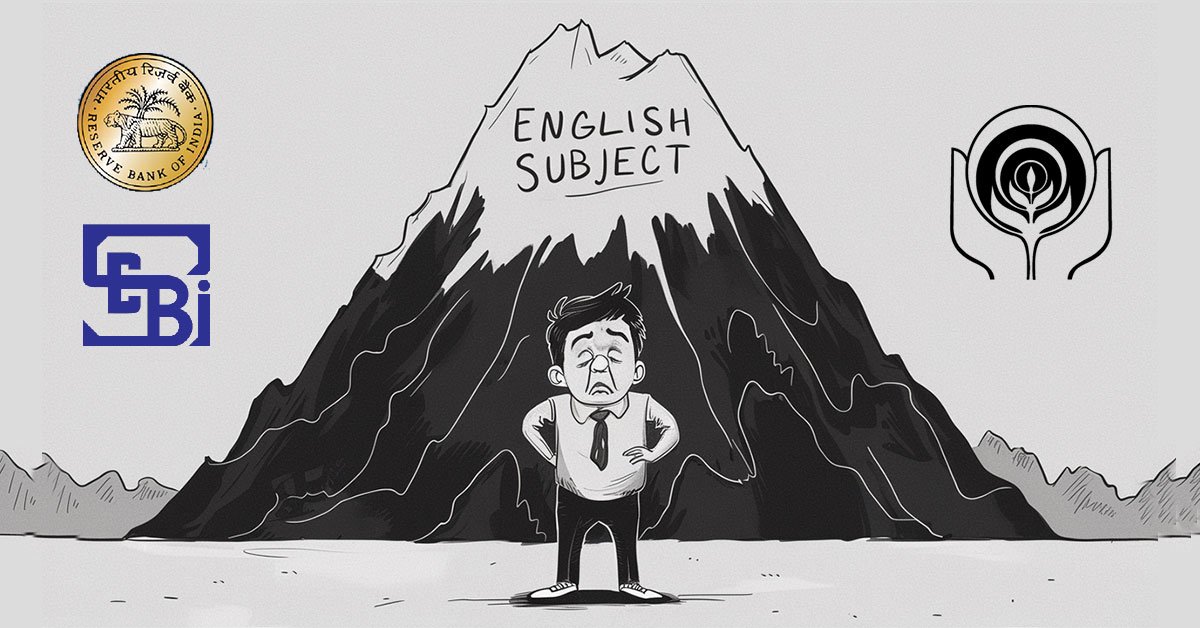
About
- The BharatNet Project is India’s ambitious initiative to connect rural and remote areas with high-speed broadband connectivity.
- It is the world’s largest rural broadband network, aimed at bridging the digital divide by providing internet access to villages across the country.
What is the BharatNet Project?
- BharatNet is a flagship project under the Digital India initiative, designed to provide high-speed internet connectivity to all Gram Panchayats (GPs) in India.
- The project is being implemented by Bharat Broadband Network Limited (BBNL), a special purpose vehicle (SPV) under the Government of India.
Key Objectives of BharatNet
- Provide 100 Mbps broadband connectivity to all Gram Panchayats.
- Enable e-governance, e-health, e-education, and digital services in rural India.
- Promote digital inclusion and bridge the urban-rural digital divide.
- Boost economic growth by facilitating e-commerce, telemedicine, and online banking.
History & Evolution of BharatNet
- The project was initially launched in 2011 as the National Optical Fibre Network (NOFN). Later, in 2015, it was rebranded as BharatNet to accelerate implementation and expand its reach.
Recent Updates Under Budget 2025
Nirmala Sitharaman announced that broadband connectivity will be provided to all Government secondary schools and primary health centres in rural areas under the Bharatnet project.
Phases of BharatNet Implementation
BharatNet is being implemented in three phases:
- Phase 1 (2017)
- Target:
- 1 lakh Gram Panchayats.
- Mode of Connectivity:
- Optical Fiber Cable (OFC).
- Status:
- Achieved.
- Target:
- Phase 2 (2019)
- Target:
- 1.5 lakh additional Gram Panchayats.
- Mode of Connectivity:
- OFC, satellite, and radio technology.
- Status:
- In Progress.
- Target:
- Phase 3 (2025)
- Goal:
- Provide last-mile connectivity and broadband access to individual homes.
- Enable high-speed internet via 5G, Wi-Fi, and fiber-to-the-home (FTTH).
- Aim to increase internet speed to 1 Gbps.
- Goal:
Technologies Used in BharatNet
BharatNet leverages multiple technologies to provide seamless broadband connectivity:
- Optical Fiber Network (OFC):
- Fiber cables laid across villages ensure reliable high-speed internet.
- Wi-Fi and Radio Technology:
- Used in areas where fiber deployment is challenging.
- Satellite Connectivity:
- Provides connectivity to remote and hilly regions.
- 4G and 5G Expansion:
- Facilitating last-mile connectivity and mobile broadband services.
Implementation and Funding
- Who is Implementing BharatNet?
- Implemented by Bharat Broadband Network Limited (BBNL).
- In collaboration with BSNL, RailTel, and Power Grid Corporation of India.
- State governments, private companies, and public-sector units are also involved.
- Funding and Investment
- Funded through Universal Service Obligation Fund (USOF).
- Total estimated cost: ₹1.24 lakh crore.
- Public-Private Partnership (PPP) model introduced to accelerate implementation.
Impact of BharatNet on Rural India
BharatNet has revolutionized digital access in rural India. Key benefits include:
- Digital Empowerment
- E-Governance:
- Aadhaar services, land records, and digital payments are now accessible in villages.
- E-Health:
- Telemedicine facilities enable villagers to consult doctors remotely.
- E-Education:
- Online learning platforms reach rural students, promoting digital literacy.
- E-Governance:
- Economic Growth
- Facilitates rural entrepreneurship and e-commerce.
- Enables farmers to access market prices, weather updates, and online banking.
- Empowers small businesses and startups in rural areas.
- Bridging the Urban-Rural Digital Divide
- Helps rural communities access banking, insurance, and digital payments.
- Enhances government schemes like PM-WANI for rural Wi-Fi.
Challenges in BharatNet Implementation
Despite its ambitious vision, BharatNet faces several hurdles:
- Infrastructure Issues:
- Laying optical fiber across difficult terrains is a challenge.
- Slow Implementation:
- Bureaucratic delays and coordination issues between agencies.
- Lack of Awareness:
- Rural communities need digital literacy training.
- Power Supply & Maintenance:
- Ensuring uninterrupted broadband services in remote areas.
Future of BharatNet
The next phase of BharatNet aims to:
- Expand broadband speeds to 1 Gbps in villages.
- Integrate with 5G networks for enhanced digital connectivity.
- Enable smart villages through digital services like IoT and AI.
With the rapid digital transformation, BharatNet is set to play a key role in India’s journey towards a Digital Economy.
Conclusion
- BharatNet is a game-changer for rural India, empowering millions with internet access and digital services. It is bridging the digital divide, fostering economic growth, and paving the way for a truly Connected India.
BharatNet is not just a broadband project—it is the foundation for India’s Digital Future!



















